The Boeing B-50 Superfortress is an American strategic bomber. A post–World War II revision of the Boeing B-29 Superfortress, it was fitted with more powerful Pratt & Whitney R-4360 radial engines, stronger structure, a taller tail fin, and other improvements. It was the last piston-engined bomber built by Boeing for the United States Air Force, and was further refined into Boeing's final such design, the prototype B-54. Although not as well known as its direct predecessor, the B-50 was in USAF service for nearly 20 years.After its primary service with Strategic Air Command (SAC) ended, B-50 airframes were modified into aerial tankers for Tactical Air Command (TAC) (KB-50) and as weather reconnaissance aircraft (WB-50) for the Air Weather Service. Both the tanker and hurricane hunter versions were retired in March 1965 due to metal fatigue and corrosion found in the wreckage of KB-50J, 48-065, which crashed on 14 October 1964. Lucky Lady II is a United States Air Force Boeing B-50 Superfortress that became the first airplane to circle the world nonstop. Its 1949 journey, assisted by in-flight refueling, lasted 94 hours and 1 minute. The plane later suffered an accident, and today only the fuselage is preserved.
Specifications
General Characteristics
- Predecessor B-29 Superfortress "DOC"
- Created On iOS
- Wingspan 141.0ft (43.0m)
- Length 101.2ft (30.9m)
- Height 30.8ft (9.4m)
- Empty Weight 92,963lbs (42,167kg)
- Loaded Weight 147,911lbs (67,091kg)
Performance
- Power/Weight Ratio 0.022
- Horse Power/Weight Ratio 0.054
- Wing Loading 32.6lbs/ft2 (159.3kg/m2)
- Wing Area 4,534.3ft2 (421.2m2)
- Drag Points 16998
Parts
- Number of Parts 1097
- Control Surfaces 5
- Performance Cost 4,430

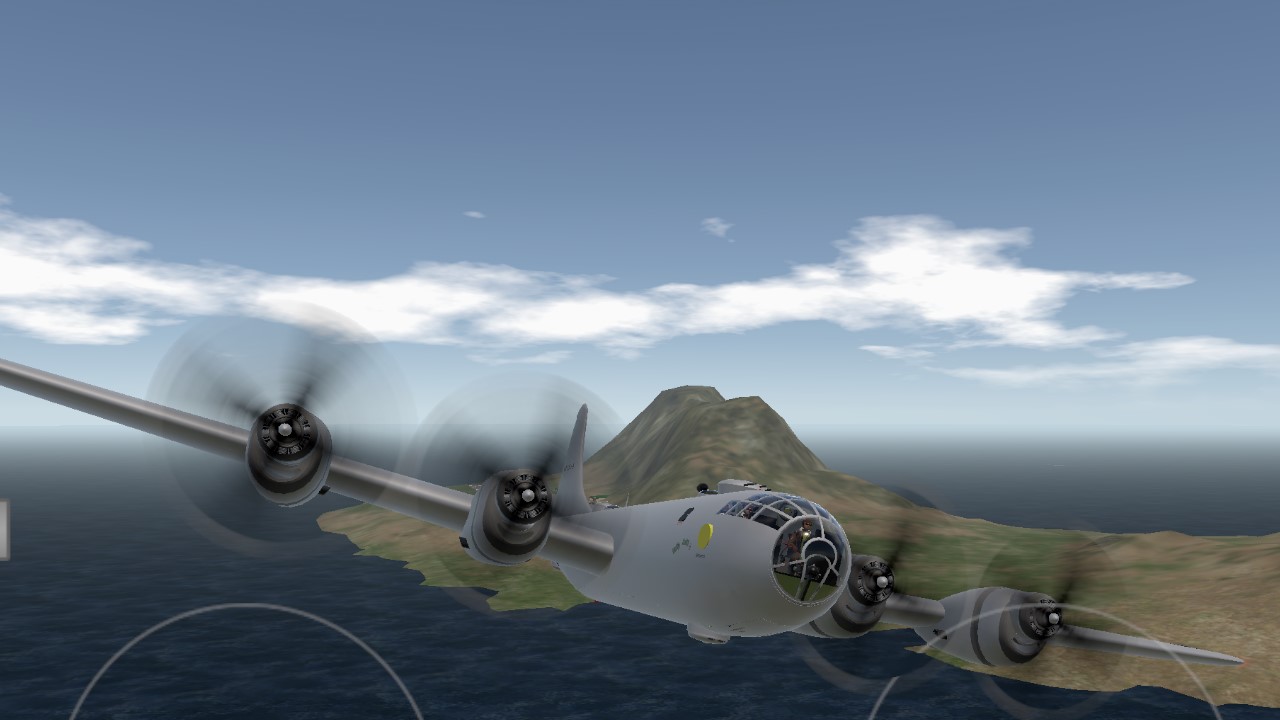
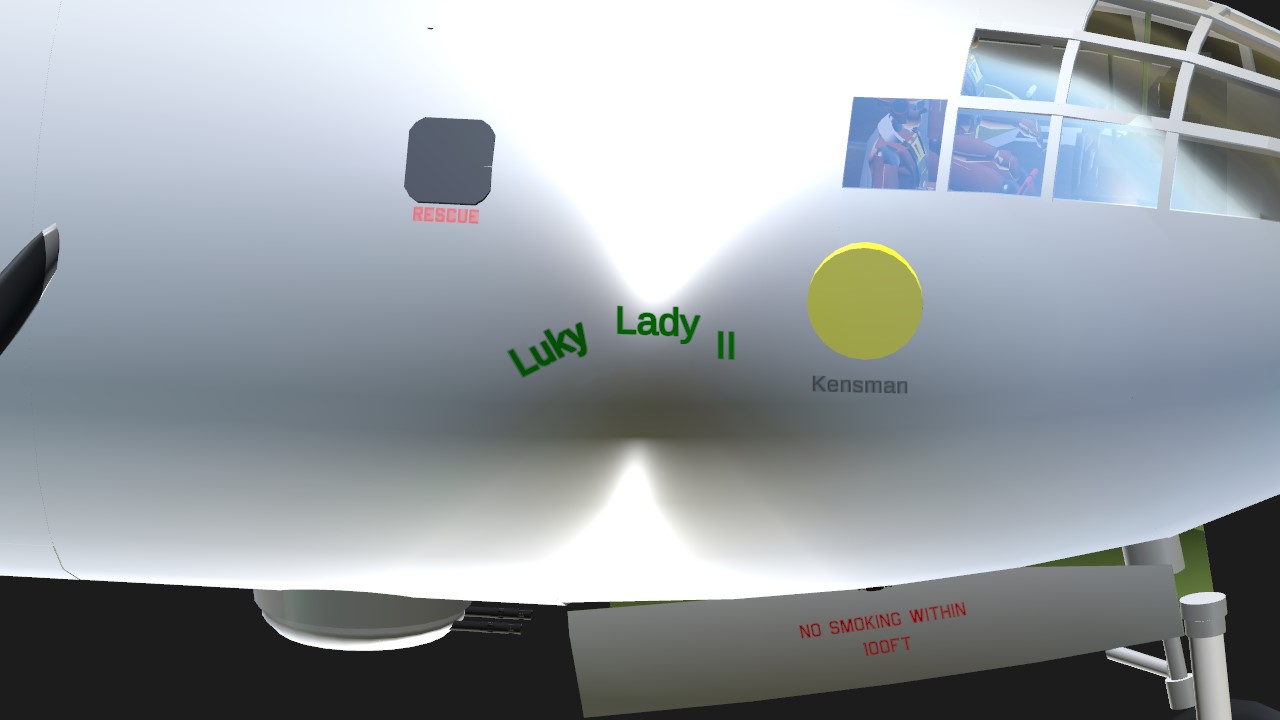
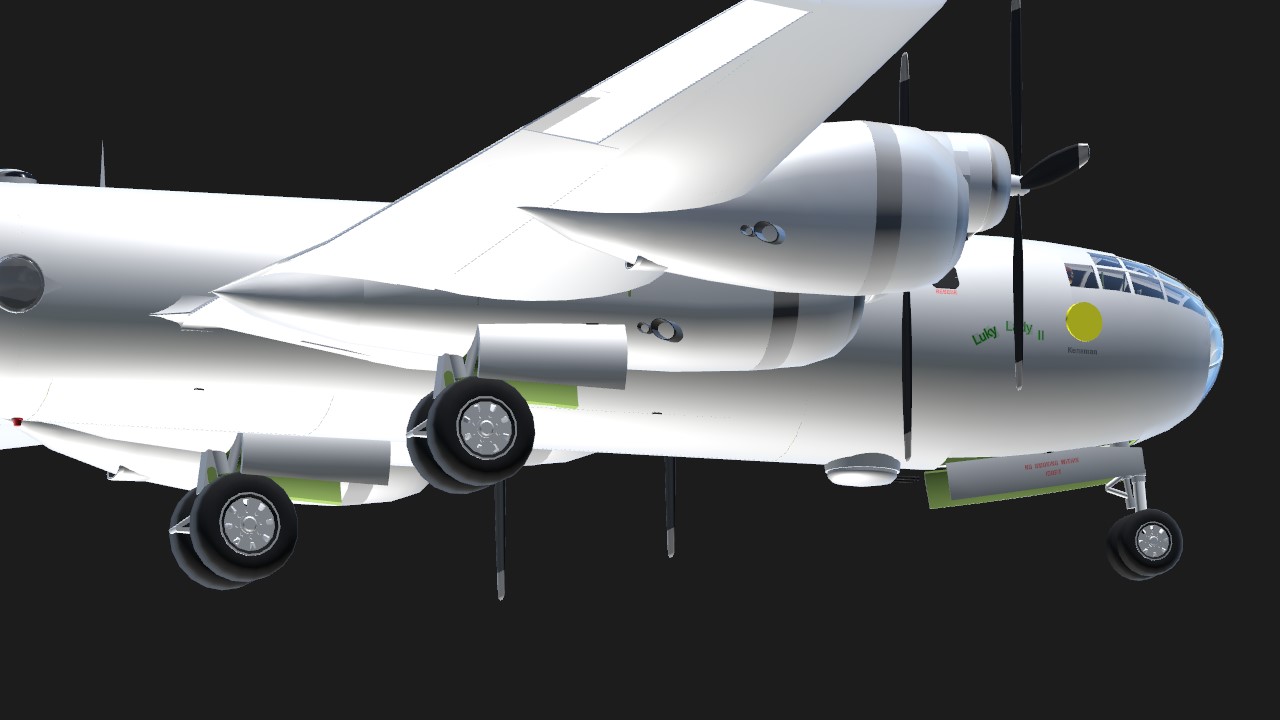
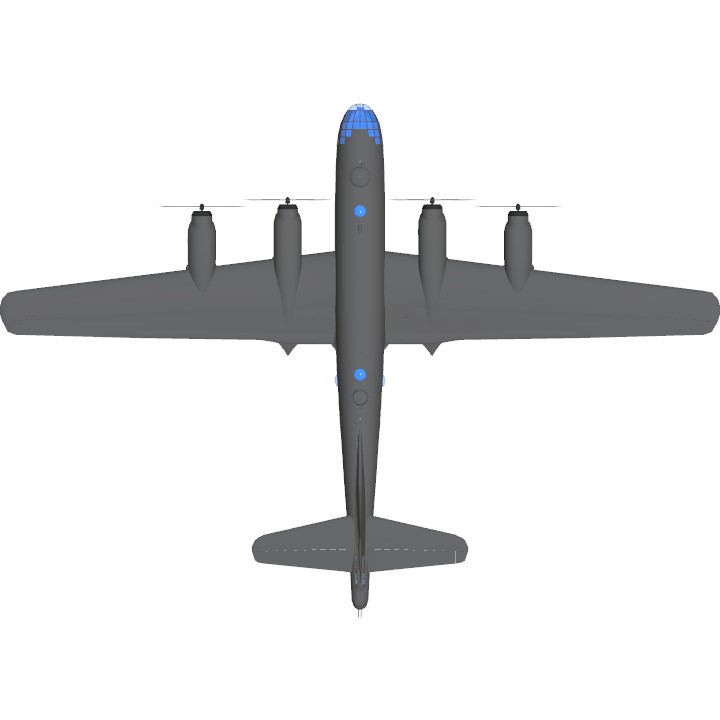

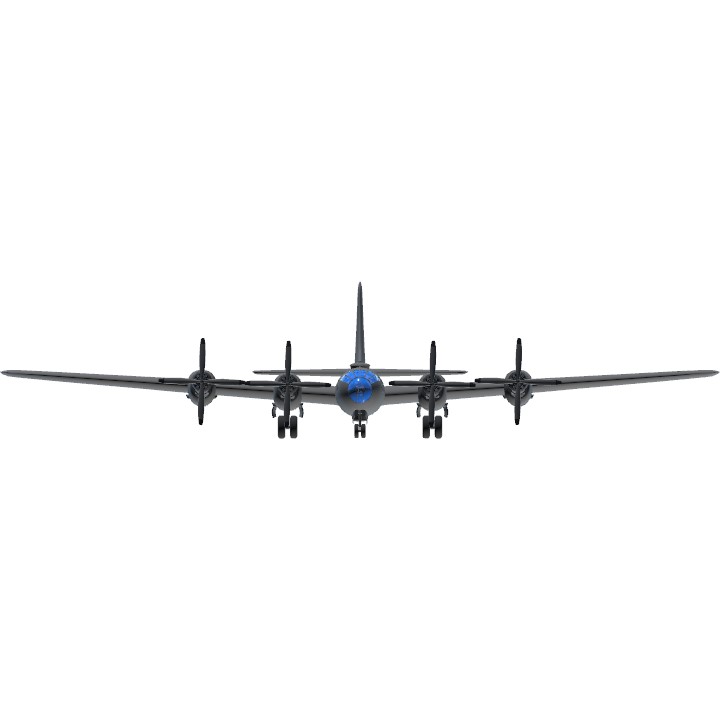
@Majakalona that was the nose art
So you removed 102 parts?